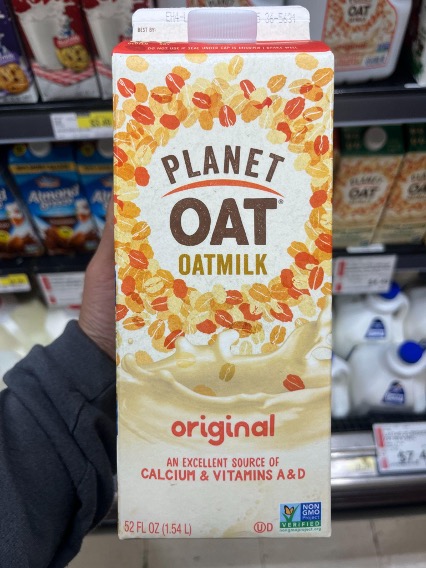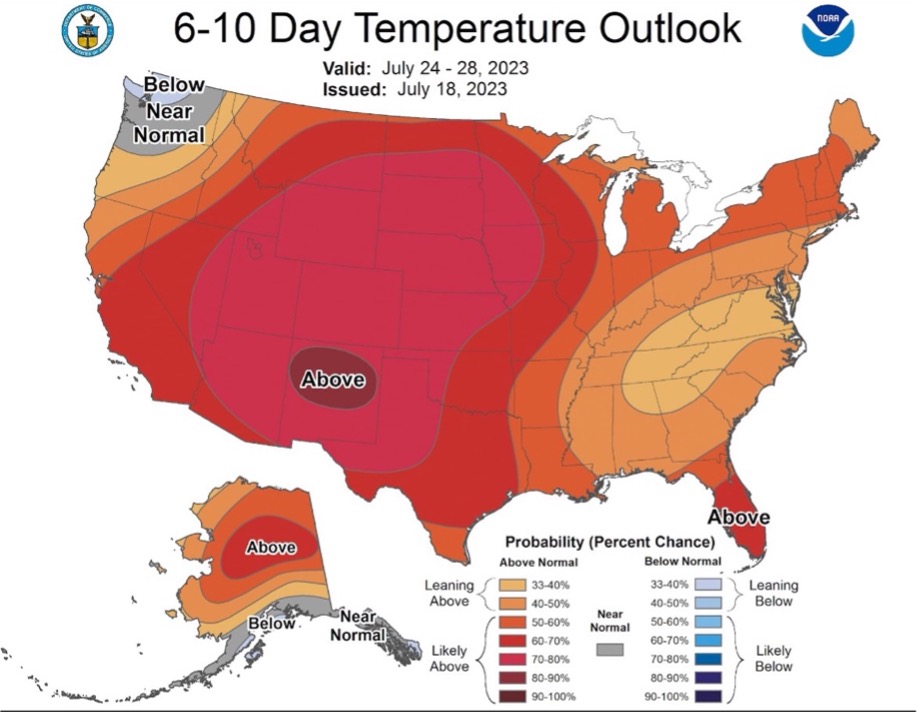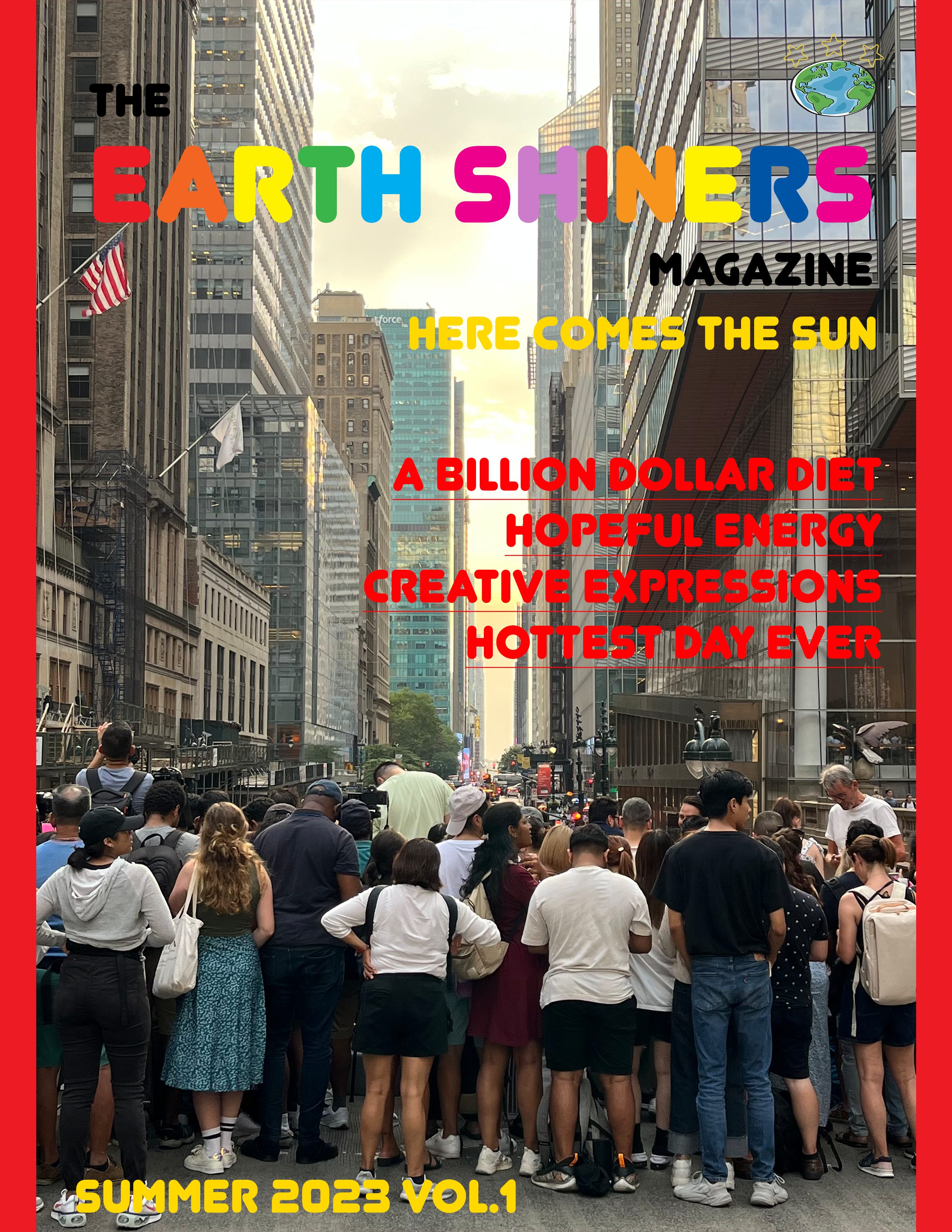A Billion Dollar Diet
Veganism’s Commercialization
Written by: Alejandro Pineda Catalan
We learn and adapt better habits and healthier lifestyles as the world evolves. While evidence suggests that veganism has existed for thousands of years, we have seen the vegan diet experience its largest commercial uptrend within the last decade. This trend could have resulted from increased communication, which allowed people to learn the possible health benefits of using this diet.

Alejandro Pineda Catalan/Earth Shiners
Over the decade, veganism became extremely popular. The Vegan Society charity organization helped much of this success. This charity was formed in November 1944 and held its first meeting with Donald Watson’s help. Watson and five other members were seen as pioneers and coined the term “vegan” and what that means for us today. Viva.org defines veganism as not eating, wearing, or using anything from animals – land or water. This lifestyle also includes not committing any form of animal exploitation and cruelty. Foods not eaten by those who practice a vegan diet are red meat, milk, cheese, fish, eggs, honey, and byproducts such as beeswax.
The vegan industry in 2021 generated 26.16 billion dollars in revenue and projects to triple those earnings by 2028. Profits like this are no surprise when we have seen various environmental incentives and the health benefits of obtaining a vegan diet. While veganism formerly began when the world was at war, adapting a diet that substitutes animal products wasn’t as cost-efficient as it is today. Technology has made it easier to participate in a vegan diet or enjoy vegan products for the experience. Gen Z and millennials contribute directly to those staggering profits in the industry.

Fortune Business
As the demand for healthier food becomes evident, food chains, supermarkets, and local restaurants are adopting veganism to attract audiences who seek animal cruelty-free products and those who understand the negative impacts connected to animal byproducts and foods. Fast food chains like Burger King, Chipotle, and Taco Bell have introduced vegan products to capture a market in this booming industry in the past few years.
It is not just food. Vegan beauty products, clothing, beverages, and packaging have become more animal-exclusive.

Alejandro Pineda Catalan/Earth Shiners
Veganism is charting a compound annual growth rate of 10.5% between 2018 and 2026. The demand and supply principle holds as businesses and the government have made implications to enter this market as they work to become part of these profits. Investments in this market have also increased the understanding of possible new products and how they can benefit our societies.
Per Lisbon Oikos, the Good Food Institute, a US-based non-profit organization, invested three million dollars into top universities for plant-based research. These investments have been seen worldwide in places like China and Germany, which confirms how this industry has reached the masses.

Alejandro Pineda Catalan/Earth Shiners
A decade ago, vegan products and companies were far and few. Present day, new and rising businesses are becoming established and equal with long-term vegans and new-age vegans. Supply is finally catching up with demand, which can lead us to believe this industry will only thrive from here on out.
Regardless of what started this uptrend, it has undeniably positively affected the economy and, more importantly, the environment. In Atlanta, businesses like Eighty7Sweets are finding a home and are united by more vegan-friendly restaurants, stores, and pop-ups. They have found that communities surrounding them have supported and marketed them in any way possible.

Alejandro Pineda Catalan/Earth Shiners
Eigthy7Sweets also recommended “Happy Cow,” an application with a one-time fee of four dollars to help you find vegan and vegetarian restaurants near you. The managers Micheal and KP also wanted to show love to some local restaurants they enjoy, such as La Semilla, Chi Chi Vegan, Cafe Culture, Herban Fix, and the infamous Slutty Vegan. A quick interaction with these great individuals taught me about Atlanta’s vegan scene and will have me check out more vegan spots. Interactions like this are worldwide, which shows why and how this industry has become a norm.
New Hope for Emissions
Will we ever slash our emissions? There are good reasons to be hopeful.
Written by: Samuel Lavine
This summer, we have witnessed another round of extreme climate events. From catastrophic wildfires to record-breaking ocean temperatures, many wonder if we will drastically reduce greenhouse gas emissions. Given the lousy climate news, it may be surprising that a global transition to renewable energy is moving fast, particularly in the United States.

Rashawn Merchant/Earth Shiners
The Republican Party has been one of the biggest obstacles to global climate action. Even acknowledging the existence of climate change remains a partisan statement. Many conservative ideological leaders, including former President Donald Trump and current congresswoman Marjorie Taylor Greene, describe climate change as a liberal hoax. Renewable energy has the most significant potential in rural communities, typically dominated by conservative politics. This political reality has served as a massive obstacle to clean energy production.
But reality is constantly changing.
The levelized cost of energy for solar and wind energy production has been decreasing for decades. As a result, it now makes simple fiscal sense for these rural, conservative communities to develop clean energy. Politicians may lie, but numbers do not. Iowa and South Dakota voted for Trump by substantial margins, but now each draws over 50% of their energy from wind power. This has created jobs, increased energy reliability, and generated profits. Similar patterns are seen across the country. In Marjorie Taylor Greene’s district, a solar panel manufacturing company has created thousands of jobs, leading her to pivot from her fervent climate denialism to endorse clean energy.
In the past two years, the federal government has approved hundreds of billions of dollars to build more clean energy. This includes creating more clean energy production facilities, research and development, and transmission lines. There are growing hopes that this momentum will rapidly grow America’s clean energy industry and topple remaining climate denialism.
Creative Expressions of Climate Change
Written by: Rashawn Khamari Merchant
As an avid enjoyer of entertainment, I’ve often found myself venturing across multiple genres and mediums. I always find in commonality that humans will find ways to insert their present experiences into their art forms.
The other day, I was watching a movie called Fear and Loathing in Las Vegas. On the surface, the film is about a journalist who joins his business partner on a drug-filled trip to Las Vegas. Along with their immense doses of intake, they deal with all the consequences of their actions. On a deeper level, the movie takes place in the early 70s, and the audience gets an inside look into all the turmoils of that time. There are steady images of the Vietnam War and social politics; all the while, the protagonists are surrounded by the outcasts and strongmen of the era.
Moreover, climate change has steadily been at the forefront of creative expression. The Hollywood industry may be preparing to produce more films and TV shows with mention of climate change in the future. A non-profit consulting firm called Good Energy aims to get 50% of television and film scripts to include observations of the crisis by 2027.
One of my favorite works, Extrapolations, examines creator Scott Burns’s portrayal of a climate future across a linear timescale. What intrigues me is how Extrapolations considers the advancement of human society, along with the growing threat of wildfires, animal population decrease, and health hazards combined with a community capable of driving electric vehicles. We will undoubtedly have a future with cleaner energy and better societal efficiency, but because humanity has already released additional carbon into the atmosphere, adverse side effects will still catch up to us.
While climate fiction emphasizes the stressors we face during this time, it will serve as an optimistic coping mechanism. For those not as well versed in complex data and academic research, a story or art installation can be the medium necessary to make sense of the world.
Many people like me gravitate towards visual subjects as they can be easier to digest. As change in the environment continues, individuals will look to artists for help explaining events that may be difficult to grasp.
Please get in touch with us if you have any ideas or would like your work featured in The Earth Shiners Magazine.
Hottest Day Ever
Written by: Rashawn Khamari Merchant

Rashawn Merchant/Earth Shiners
On Monday, July 3rd, the average global temperature reached 62 degrees Fahrenheit, the highest in the U.S. National Centers for Data Prediction since 1979. On Tuesday, it reached 63. These records are a part of the growing trend of rising temperatures worldwide. Scientists attribute the rapid change to an onslaught of heat waves and dryness in various regions.
While the Centers for Data Predictions records only date back to the mid-20th century, researchers are confident that we are experiencing the warmest the Earth has been in several thousand years.
Scientists have measured carbon and temperature data from frozen ice cores in the arctic poles for decades. A closely related trend indicates that as carbon amounts in the atmosphere have increased, so has the average temperature on Earth.

National Weather Service
There are estimations that July’s temperatures have broken records dating back 100,000 years. Data may continue to shatter as El Nino events occur. El Nino is a natural climate pattern resulting in unusual Pacific Ocean warming. According to the National Oceanic and Atmospheric Administration, the pattern can contribute to rising temperatures.

Rashawn Merchant/Earth Shiners
In multiple places around the globe, there have been simultaneous heat waves. In Texas and the southern United States, temperatures have been in the high 90s and low 100s for most of the summer. Extreme heat mixed with humidity can be dangerous, as people in Mexico have died from heat-related illnesses.

Rashawn Merchant/Earth Shiners
On Thursday, July 13th, the National Weather Service alerted 113 million Americans to heat warnings. “The long-term outlook through the weekend and into next week is for an increasingly significant heat wave,” said the service.
Thanks for reading!
Copyright Earth Shiners Creative LLC 2023
Earthshiners@earthshinersmagazine.com

Leave a Reply